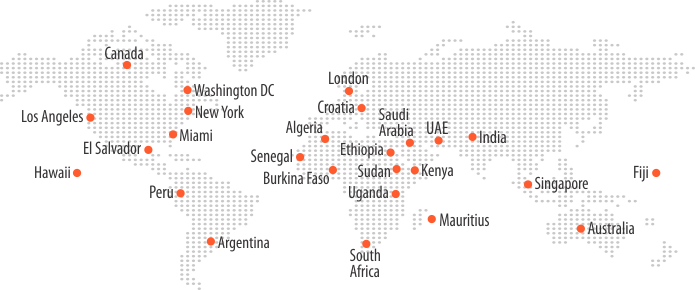IoT – A New Opportunity for the Messaging Industry

We are living in a world where the new generation believes in texting rather than calling up. OTT messaging platforms as well as Short Messaging Service, commonly known as SMS, are the preferred modes of communication and the go-to options for brands to market their products. The humble SMS has several other applications such as the mass distribution of critical information by governments, delivering notifications for mobile apps, voice messages, emails or faxes, transaction alerts, OTPs, alerts for two-factor authentications, and the list goes on.
Mobile messaging apps are at an all-time high, as over 2.52 billion people use them on their smartphones. This number might reach 3 billion by 2022, according to Statista. To put their popularity into perspective, more than 41 million text messages are sent in a single online minute. The reach of SMS is higher than that of instant messaging, considering that an SMS is a default feature in all mobile phones and is not dependent on a data connection. Thus, it is safe to say that 5.2 billion unique mobile phone subscribers (67% of the global population) can receive and send SMS messages.
What is Internet of Things?
Coming to the Internet of Things (IoT), it is gradually becoming an inseparable part of our lives, just like instant messaging. IoT refers to billions of gadgets and devices that are connected to the internet for interacting with each other without human intervention and sharing data. IoT is widely used to build smart cities, smart homes, smart cars, as well as to streamline operations in factories, healthcare, and retail industries. The usage and applications are expected to grow in the future, with Ericsson predicting over 24.9 billion IoT connections by 2025 for an estimated population of 8.1 billion people.
But how do these-internet enabled devices communicate with each other? The simple answer is – through SMS. Notably, SMS was facilitating machine-to-machine (M2M) communication way before we even heard about IoT. It has become an integral of the IoT industry owing to its ability to send data to any cellular network or device. It not only facilitates M2M messaging but also sends alerts to human beings for quick action by way of A2P messages.
Why SMS is the Perfect Companion for IoT
IoT has a lot to benefit from the humble and one of the earliest cellular technologies – SMS messaging. Let’s find out what makes SMS a perfect companion for IoT.
1. Near Universal Availability
SMS is available universally, regardless of the location of the user, type of mobile phone, or the network subscribed. It is a permanent fixture in all mobile phones and can be trusted to get the message across as the user reads it within the first three minutes in 90% of the cases. This feature of SMS messaging makes it a reliable communication option.
2. Alternative for Mobile Apps
Most businesses and services today require us to download their specific mobile applications to enjoy all the benefits they have to offer. But in a world with IoT as a mainstream technology, it will not be feasible for us to have an application on the phone for every connected device. It calls for an alternative option for ensuring communication between various machines, components, and their users. SMS can fill this space to seamlessly send all notifications, alerts, and the necessary instructions to human beings.
3. Cost-Effective
SMS Messaging is a cost-friendly communication option. There are various bulk SMS messaging services that can help you significantly cut the costs for sending messages. It is an essential benefit, considering the number of messages an IoT-enabled device is required to send to other connected gadgets and users.
4. Limited Battery Usage
The whole point of having connected devices in homes, factories, retail stores, and more is to ensure instant communication and rapid action. The very first requirement for achieving this is devices with long battery lives. Since SMS is quite a power-efficient service, it is the most obvious choice to conserve battery life.
5. Two-Way Communication
Here is a handy feature for devices that need to maintain a steady flow of two-way interactive communication. It can help with the development of a new set of applications and future inventions in the field of IoT. Besides M2M, it can also be helpful for P2A messaging, wherein a person sends instructions to an application, machine, or device.
6. Multi-Factor Authentication
In a highly connected world with billions of internet-enabled devices looking to collect data and turn them into actionable insights, security is a big concern. It can be addressed through text messages wherein a person can only get access to a specific device or service by receiving a code or an OTP over SMS. It can also be a reliable way of giving limited-time access to someone else.
The various benefits of SMS communication make it perfect for complementing the functionalities of the Internet of Things, a technology that is gaining popularity in several fields. With the availability of advanced messaging services and cloud-enabled platforms, synergizing the two is no more a tedious process. Schedule a call with us to find out how you can leverage our SMS messaging services to take your IoT business and services to the next level.
Related Posts
How SMS Marketing Is Enhancing Customer Engagement During COVID-19
3 Big Opportunities Telcos Can Monetize In IoT Driven Marketplace
Contributing Writer: Krati Dubey is a content creator at Panamax Inc and has over 6 years of experience in the digital domain. She holds a degree in Journalism and enjoys writing about everything tech.




